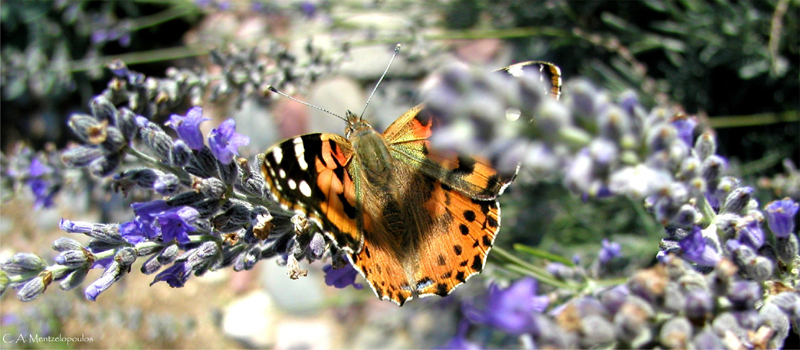
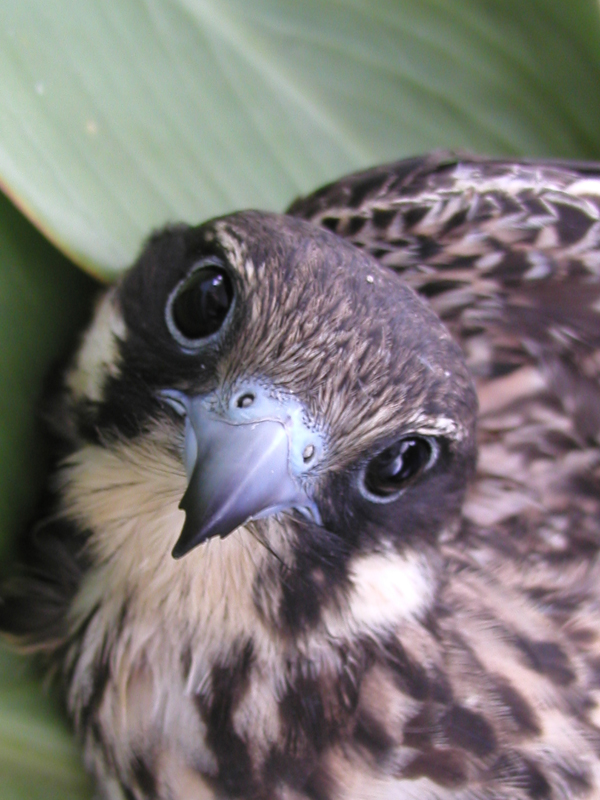
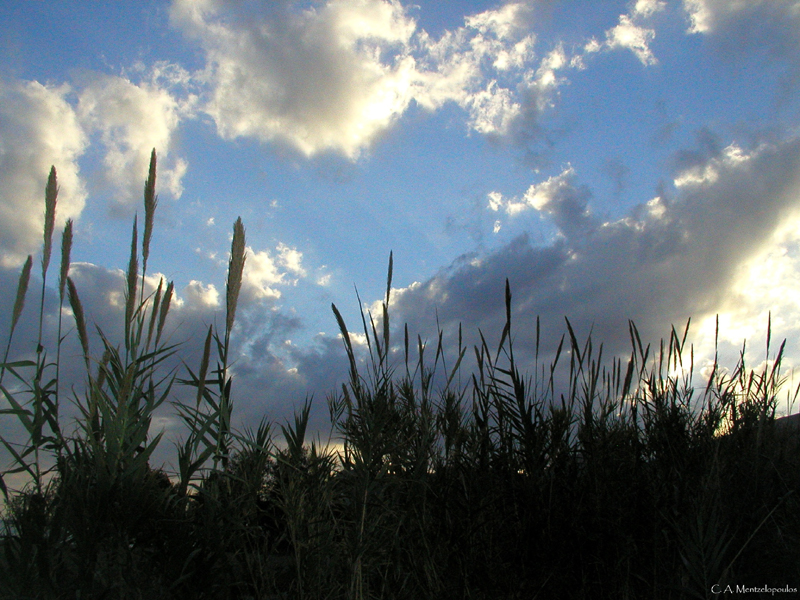
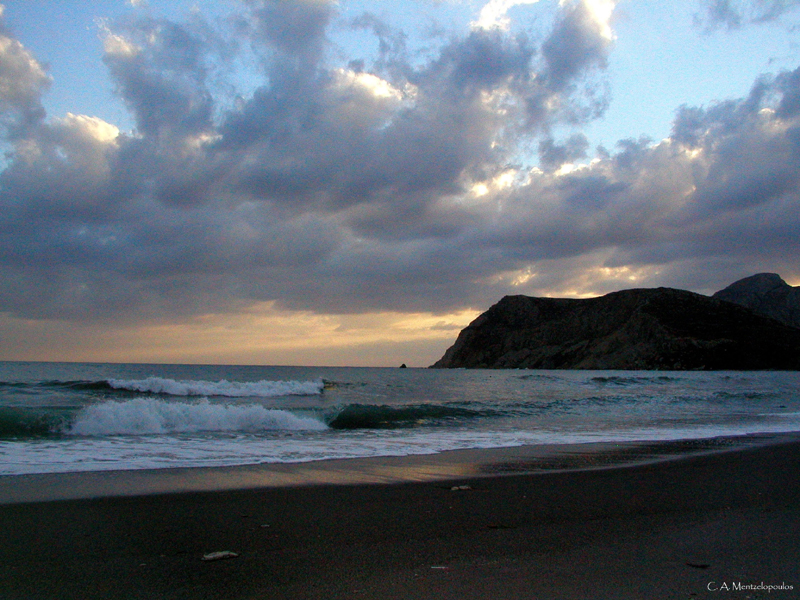
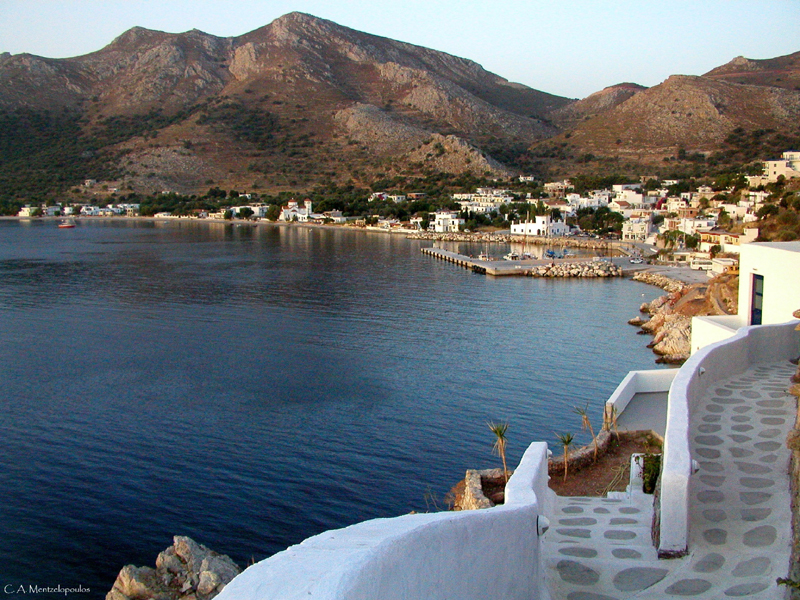
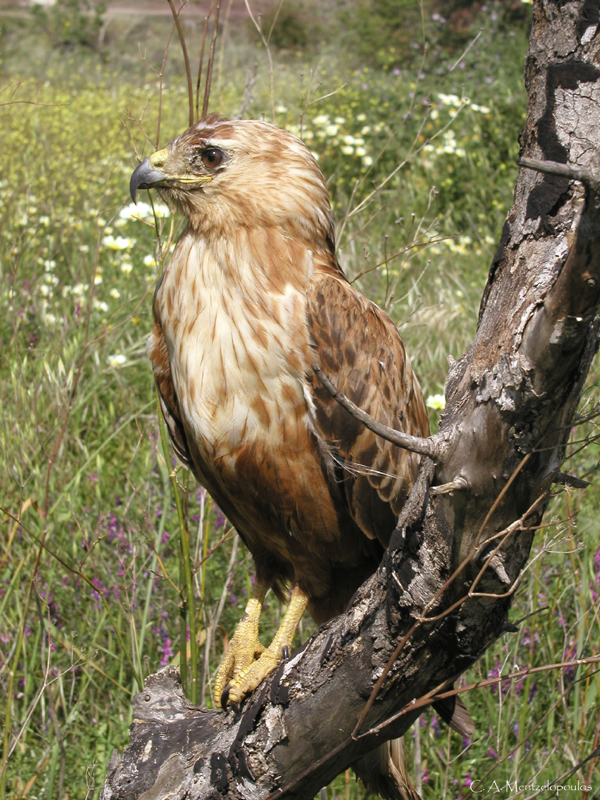
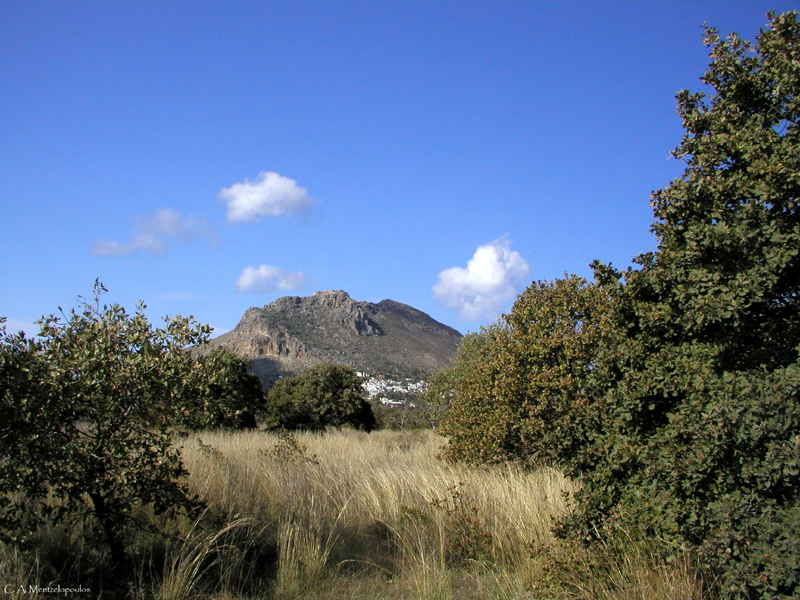
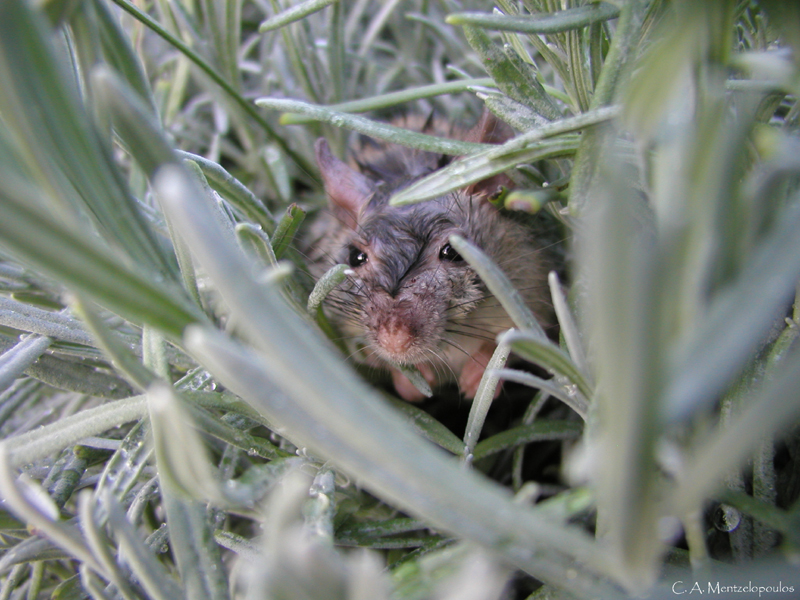
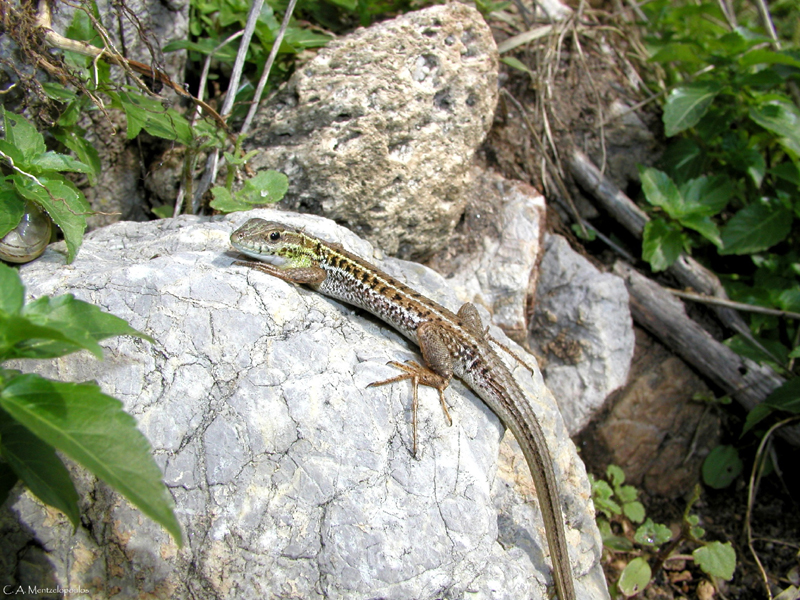
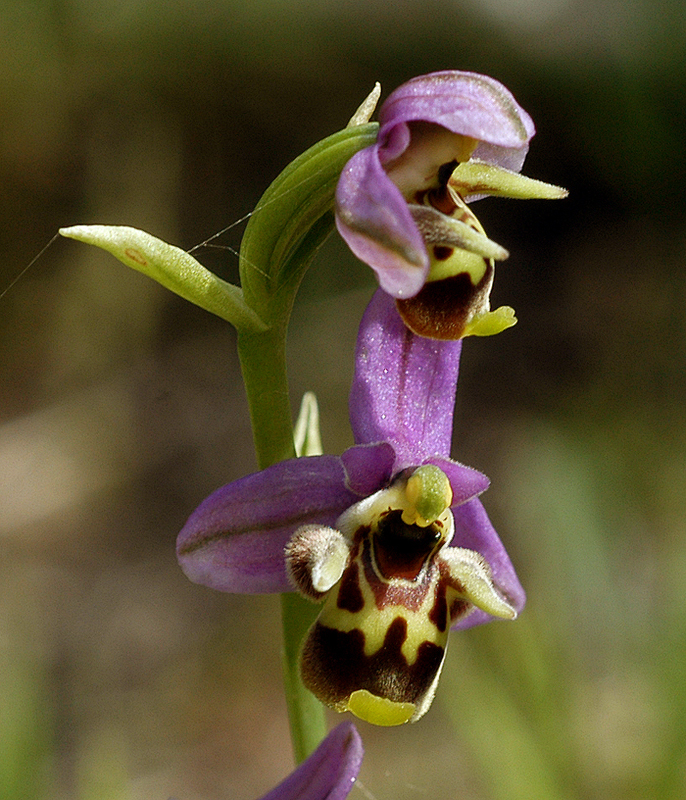
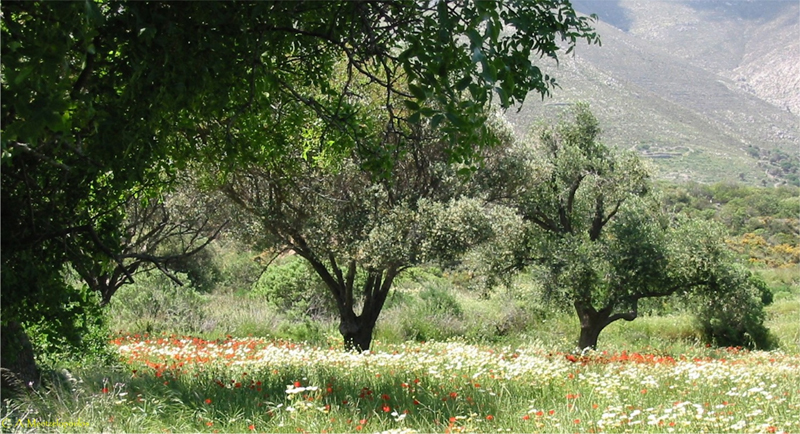
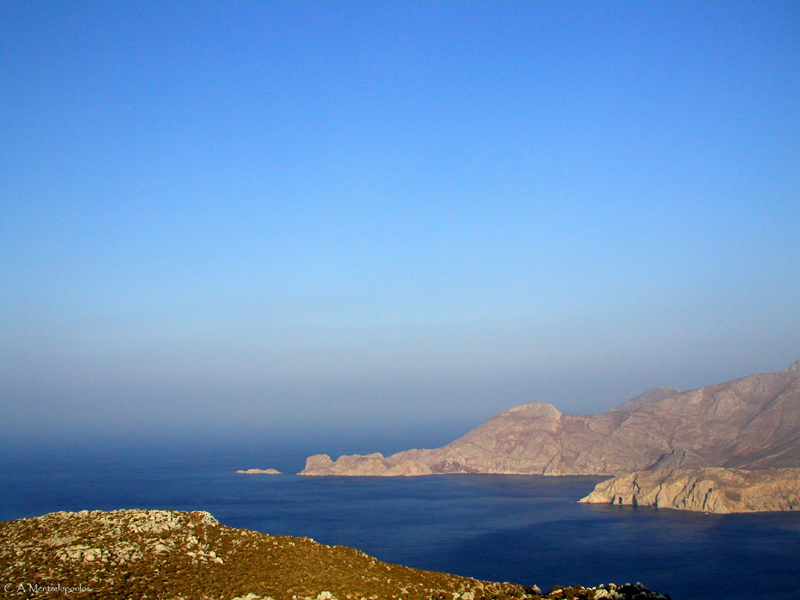
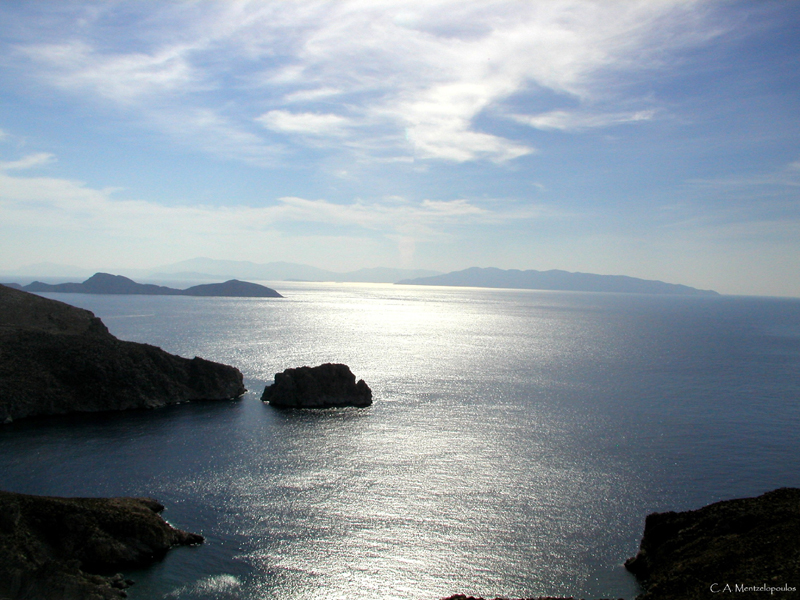
Greece: Tilos National Park
| Site fact file |
| Natura 2000 Ambassador for the Natura Network Initiative... | Representative of Tilos Park Association, NGO | ||
| Konstantinos Alexandros Mentzelopoulos |
| Country | Greece |
| Natura 2000 site location | Dodecanese Island Chain, southeastern Aegean |
| Nearest urban settlement | Rhodes |
| Natura 2000 site name | Tilos Island and Islets of Antitilos, Pelekousa, Gaidouronisi, Giakoumi, Agios Andreas, Prasouda and Nisi |
| Unofficial but locally accepted name/s for the site | Tilos |
| Natura 2000 site number | SPA No.: GR-4210024 |
| Size of site (hectares) | 6500 ha |
| Site description / classification | Tilos, a 63 sq km island of international importance for resident raptors and migratory bird species as a stopover between Africa and Europe, is characterized by 6 semi-mountainous volumes (300 m.), extensive coastal limestone cliffs, 16 biotopes recognized under 92/43/EEC (with 3 identified as priority biotopes for special protection), 377 native flora species (including 28 orchid species of which 8 are classified as rare), 125 resident and migratory wild bird species (of which approximately 25% are identified in Annex I of 79/409/EEC), a network of fresh water underground springs, forested areas, and 16 uninhabited islets hosting colonies of threatened bird species. The region is listed in the Corine Biotopes Project (an important region for the protection of nature in the EU) and as an IBA (Important Bird Areas of Europe) since 1989. |
| Key Species types | Avian: Falco eleonorae, Hieraaetus fasciatus, Phalacrocorax aristotelis desmarestii, Hieraaetus pennatus, Buteo rufinus, Falco peregrinus, Falco naumanni, Larus audouinii, Coracias garrulous, Hippolais olivetorum, Merops apiaster, Calonectris diomedea, Pernis apivoru, Emberiza caesias and Circus aeruginosus; Mammal: Monachus monachus Reptile: Caretta caretta Flora Species: Thero-Brachypodietea, Quercus macrolepsis, Quercus aucheri and Pistachia terebinthus palaestina; |
| Key Habitat types | 1210
Annual vegetation in inter-tidal zone |
| Key management issues | Improve the conservation status of Hieraaetus fasciatus, Falco eleonorae and Phalacrocorax aristotelis desmarestii through development of diverse food sources and protection of breeding sites; Develop/sustain fresh water provision for wild resident and migratory fauna (passerines are main prey for Falco eleonorae); Enhance/maintain invertebrate, bird, reptile and mammal populations for targeted wild bird species; Re-forest woodlands with Quercus ithaburensis macrolepis and Pistacia terebinthus palaestina trees; Expand [former traditional] cereal cultivations for wildlife; Eliminate unnecessary human disturbance through awareness; Assess non-hunting impact on threatened avian species’ breeding/reproduction rates. |
| Natura Network Agreements |
| Organising at least one Green Days event per year | 2006
Green day event: September 1st, Celebration of the Natural Environment [in conjunction with Greek Orthodox Church] to raise stakeholder environmental conservation awareness and participation, (e.g. promote use of cloth rather than plastic shopping bags). |
| Promoting Natura 2000 at the local level | Establishment of Tilos Park Association (TPA), an NGO, in 2003 with environmental conservation aims, including establishment of the proposed Tilos Natural Park; Publication of the Greek/English TPA Journal for local/international distribution reporting Tilos environmental news including the EU LIFE Nature Project actions, news from the Tilos Avian Recovery Center [ARC] for rehabilitation of injured wild birds discovered by stakeholders, and endangered species rescues by stakeholders/visitors raising public awareness (e.g. Caretta caretta, Aquila pomarina); Establishment of annual May Day volunteer beach cleaning; 2007 development of Tilos wetlands for wildlife; TPA-initiated Athens Campion School biology class visits in spring and autumn to study island eco-systems and diversity; individual stakeholder and local school meetings to explain socio-economic benefits of LIFE Nature Project and proposed Natural Park establishment. |
| Involving local stakeholders in the management planning process - creating a local area partnership | Since 2005, local stakeholders have participated as volunteers in site management on behalf of the TPA and LIFE Nature project in (1) rescuing, feeding injured birds at the ARC; (2) island security patrols (fire watch, illegal activity reporting, fauna rescue); (3) accompanying visiting biology student classes in island biodiversity studies; (4) reporting year round island bird, reptile and other fauna sightings to TPA and EU Tilos LIFE Nature ornithologist; (5) clearing/cleaning walking paths after winter storms. Advantages: Stakeholder volunteers have commenced the development of eco-tourism employment as local guides in conjunction with the Tilos Park. The secondary benefits include the education of and heightened awareness by volunteers’ family/friends of the island SPA’s natural resources and resulting benefits of nature conservation. |
| Involved in European networking / Twinned with other site for knowledge exchange | The TPA has been in frequent communication/exchange of information with: Philipos Dragoumis, former Director of the Aegina Wildlife Rehabilitation Center and Founder/current Director of International Nature Network as well as Marios Fournaris, Director of Alkioni Wildlife Hospital in Paros concerning the rehabilitation of injured wild bird species; and Hellenic Ornithological Society regarding rat eradication on Tilos SPA islets to reduce destruction of targeted avifauna eggs. |
| Branding Natura 2000 | The
logo appears in: the Tilos EU LIFE Nature Project website; the Tilos LIFE Nature/Visitor Centre exhibition, posters and leaflets distributed to the public; Tilos Park letterhead and stationary; and, as of 2006, the Tilos Park Journal. |
| Agreeing to become an NNi ambassador | I am pleased to be designated as a Natura 2000 Ambassador with full contact details published in the Eurosite website. Thank you for the opportunity to expand our venues for environmental conservation communication. Konstantinos Alexandros MentzelopoulosTilosPark(at)yahoo.com |
| Site photos |
 |
 |
 |
 |
 |
|||||
| Cynthia cardui | Eleonoras falcon | Eristos | Eristos | Livadia | |||||
 |
 |
 |
 |
 |
|||||
| Long legged buzzard | Megalo horio | House mouse | Ophisops elegans | Ophrys Homeri | |||||
 |
 |
 |
|||||||
| Spring meadow | St | Coast | |||||||
| All photos K. Mentzelopoulos | |||||||||
| Site contact | Konstantinos Alexandros MentzelopoulosTilosPark(at)yahoo.com |
| Web site | http://www.tilos-park.org |